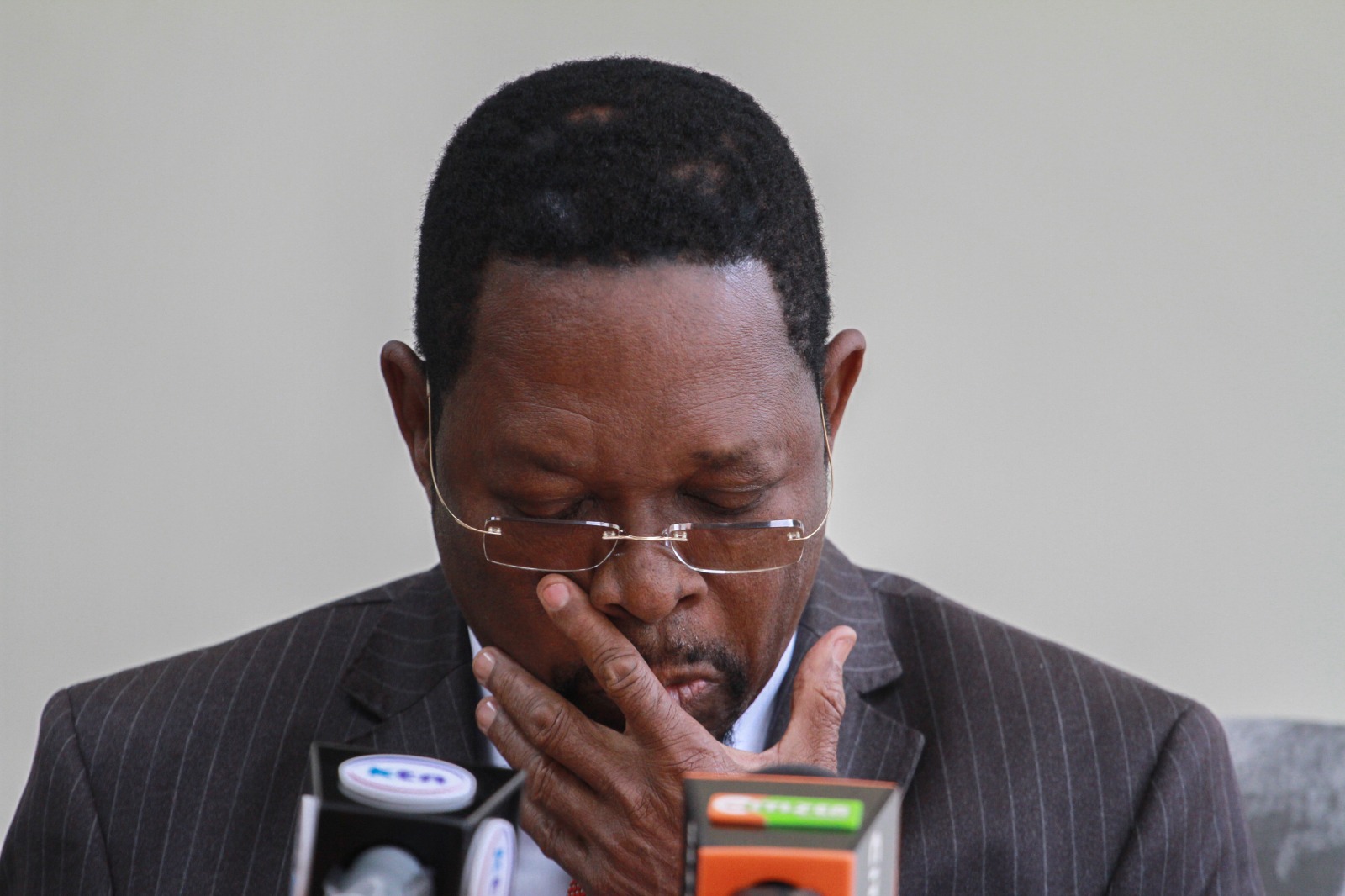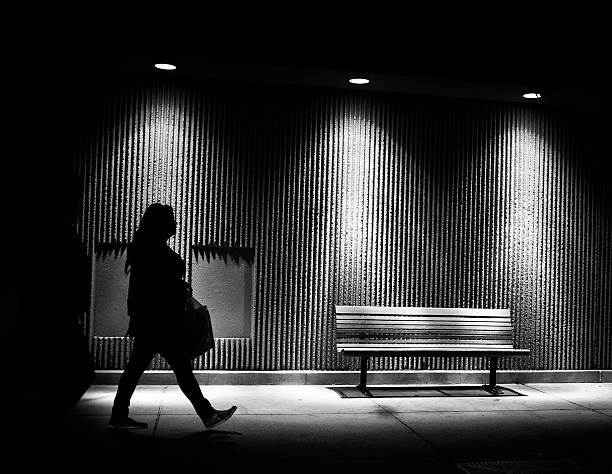On August 29, 2025, the quiet coastal village of Kwa Binzaro in Kilifi County became the epicenter of yet another chilling chapter in Kenya’s ongoing battle with extremist religious sects. Fresh exhumations revealed 32 more bodies and dozens of body parts tied to a cult that authorities link directly to Paul Mackenzie, the imprisoned leader of the Good News International Church. The discovery has renewed questions about how such groups continue to thrive despite promises of tighter oversight after the 2023 Shakahola massacre, which claimed more than 400 lives.
The grim discoveries
Exhumation teams began their work in Kwa Binzaro in July after the unexplained disappearance of several children was reported by families in the area. What started with the recovery of five bodies quickly escalated into a macabre investigation. Government pathologist Dr. Richard Njoroge confirmed that seven more bodies and 54 dismembered body parts were later unearthed, bringing the total to at least 32. Investigators noted that some of the remains were relatively fresh, suggesting that cult activities continued even after Mackenzie’s arrest.
Kwa Binzaro lies roughly 30 kilometers from Shakahola, where Mackenzie’s followers once fasted themselves and their children to death in the belief they were preparing for salvation. The proximity of the two sites has fueled speculation that Kwa Binzaro may have operated as a satellite camp for the same cult network.
Ties to Paul Mackenzie
Although Mackenzie is behind bars facing charges of murder, terrorism, and child abuse, his influence appears unbroken. Survivors rescued from Kwa Binzaro told Interior Minister Kipchumba Murkomen that they believed Mackenzie was still praying for them from prison. For devout followers, that spiritual link seems enough to maintain loyalty and obedience.
This disturbing detail underscores the resilience of cult ideologies and the difficulty of dismantling networks that are built around charismatic leaders. Prosecutors allege that Mackenzie orchestrated starvation as a form of religious sacrifice, convincing followers that rejecting food was the pathway to eternal life. The Kwa Binzaro exhumations appear to confirm that his message outlived his freedom.
Arrests and suspects
Authorities have arrested eleven suspects tied to the Kwa Binzaro deaths. Among them is a woman believed to have played a central role in managing the cult’s activities, organizing prayer meetings, and enforcing rituals. Investigators are exploring whether these suspects acted independently or received instructions from Mackenzie through intermediaries.
One troubling aspect is that some of the victims discovered at Kwa Binzaro had previously been rescued during the Shakahola operation in 2023. Their return raises urgent questions about reintegration. Many survivors face rejection from families who view them with suspicion or shame, leaving them vulnerable to rejoining the very sects that endangered their lives.
Failure of oversight
The Kwa Binzaro revelations have sparked harsh criticism of authorities. After Shakahola, the government pledged to regulate religious organizations more stringently and create community-based surveillance systems to detect extremist sects. Yet two years later, the deaths continue.
Human rights activists argue that Kenya’s response has been reactive rather than preventative. They point out that religious groups can still register with minimal oversight, and rural communities remain without effective mechanisms to monitor suspicious gatherings. Critics also highlight corruption and local complicity, suggesting that some officials ignored early warnings about Kwa Binzaro in exchange for silence or favors.
The legal struggle
Kenya lacks a comprehensive framework to regulate faith-based organizations without infringing on religious freedom. While the Constitution guarantees freedom of worship, it also obliges the state to protect citizens from harm. The Kwa Binzaro case highlights the tension between these two principles.
After Shakahola, proposals surfaced for a Religious Societies Bill that would have required stricter vetting of preachers and periodic audits of church activities. But the bill stalled in Parliament, with opponents warning it could be misused to suppress legitimate churches. The government’s challenge now is finding a balance: respecting freedom of faith while stopping destructive sects that exploit followers.
The painful process of identification
For families, the tragedy is compounded by the difficulty of identifying loved ones. The Kenya Red Cross has set up a desk at Malindi District Hospital, urging relatives of missing persons to provide details and DNA samples. The process is slow and painful. With dozens of body parts recovered in Kwa Binzaro, some families may only receive partial remains for burial.
Pathologists have suspended further exhumations temporarily to conduct post-mortem examinations on the bodies already recovered. Officials say the pause is necessary to preserve evidence for prosecutions and to ensure proper documentation. Still, families wait anxiously for closure, knowing more graves are likely to be uncovered once the search resumes.
A pattern of exploitation
Sociologists and psychologists studying Kenya’s cult problem point to recurring themes: charismatic leadership, isolation from mainstream society, and economic desperation. Many victims of Mackenzie’s cult were poor, unemployed, or seeking spiritual answers to life’s hardships. These vulnerabilities made them easy prey for teachings that promised salvation in exchange for obedience, even if it meant death.
Kwa Binzaro fits this pattern. Survivors describe being told to surrender their possessions and devote themselves fully to prayer. Food was withheld as a spiritual test, while dissenters faced harsh punishments or isolation. Children were especially vulnerable, caught in a cycle of forced fasting and indoctrination.
The national reckoning
Kenya is now facing a moral and institutional reckoning. The scale of the Shakahola massacre should have been a turning point, yet Kwa Binzaro shows that the lessons were not fully absorbed. Experts say the government must invest in grassroots education, equipping local leaders and families to recognize the warning signs of cult manipulation.
Religious organizations themselves must also take responsibility. Mainstream churches have condemned Mackenzie’s teachings, but stronger collaboration is needed to promote accountability within Kenya’s diverse spiritual landscape. Without it, fringe groups will continue to exploit faith for destructive ends.
Beyond Kilifi County
The danger is not confined to Kilifi. Reports suggest that similar sects operate quietly in other parts of Kenya, waiting for opportunities to recruit. The persistence of these groups is a reminder that cults do not disappear with the imprisonment of their leaders; they adapt, rebrand, and resurface.
Kwa Binzaro is therefore not just a local tragedy but a national warning. Unless systemic changes are made, the cycle of exhumations, arrests, and grieving families will repeat.
A community in mourning
In Kwa Binzaro itself, grief hangs heavy. Families gather outside the exhumation sites, waiting for word of their loved ones. Children whisper about friends who vanished. Community elders lament that outsiders now know their village not for its culture or resilience, but for graves and cults.
Yet amid the sorrow, there is also defiance. Some survivors say they are determined to rebuild their lives and reject the teachings that nearly destroyed them. Human rights groups are stepping in with counseling and support, though resources remain limited.
The legacy of Kwa Binzaro
As investigators continue their search, the legacy of Kwa Binzaro is still unfolding. What is clear is that Kenya stands at a crossroads: either confront the roots of religious exploitation with courage and reform, or risk repeating the tragedies of Shakahola and Kwa Binzaro in new forms.
The bodies exhumed are not just statistics. They represent children, parents, neighbors, and entire futures cut short by manipulation disguised as faith. Their silent testimony now challenges Kenya to act before more lives are lost to the same deadly path.



Comments (0)